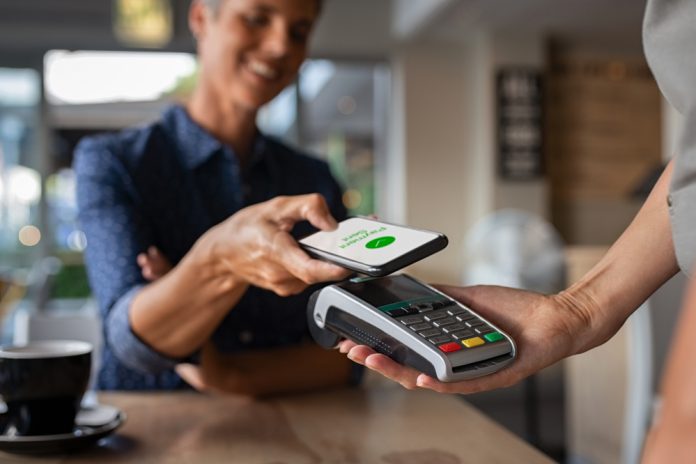
Once there was a single way to pay. Now, there are many ways to pay.
Visa, Klarna, Paypal, Clearpay, Mastercard, Apple Pay, Google Pay.
Credit card, debit card, bank transfer, pay in 3, pay in 30 days.
Online checkouts now offer a plethora of different options and brands.
You can pay with the same method every time, if you wish. You may choose a different method each time.
The point is that you now have the choice.
Innovation is about expanding choice, not about replacing one thing with another. Choice is empowering, non-limiting, and generally suitable for society. As consumers, we’ve come to expect it.
Buy Now Pay Later (BNPL) may have started as a payment option on low-price, ‘fast fashion’ websites, but it’s now a feature of most online checkouts.
It’s impacted my purchasing behavior in ways I didn’t expect.
I never consciously desired to split payments for online purchases. But now I have the choice, and I often use it for high-value, one-off transactions.
My reasons for doing so are purely psychological and emotional rather than economically rational. But I value the choice nevertheless.
These days, I expect to be able to use contactless payment in stores and tend to avoid places that only accept cash.
Likewise, I now expect to see Buy Now Pay Later as an option at the checkout. If it’s not available, I usually choose to purchase elsewhere.
The choice at checkout (and on payday)
Innovation tends to be consumer-led, which is why consumer checkout has diversified the fastest. Employees have been left behind while consumers have been prioritized.
But the business world is beginning to catch up.
Thanks largely to the pandemic and the subsequent lockdowns, working people now expect to choose where they work and even when they work to a greater degree than they had previously imagined.
This expansion of options was initially mandated but now, discretionary is viewed as a progressive step towards a working life that can be adapted to individual circumstances.
This progress now extends to what was once the least flexible aspect of working life: getting paid.
Until recently, there was only one way of getting paid: when your employer chooses to pay your salary, sometimes weekly but usually monthly.
At level, we often refer to monthly salary as ‘an accident of history,’ but it is no such thing. It has been carefully designed to suit the operational needs of employers and their payroll teams.
It serves the interests of cost-saving and efficiency. It definitely didn’t evolve to serve the interests of the working population, who consistently indicate they would rather be paid more frequently when asked.
Now, thanks to On Demand Pay technology, workers can get paid whenever they choose.
They may be happy to continue being paid at the end of the month. They may prefer to get paid weekly, daily, or every other week. Their preference will likely vary according to time and circumstance.
The point is that they now have the choice, whereas previously, they had none.
We often get told by employers that their workers don’t need On Demand Pay. This is almost always correct. Very few people need to get paid frequently as most bills occur monthly at fixed intervals.
But most people don’t ‘need’ a dozen different places to buy coffee or groceries. Nevertheless, they still value the choice.
A lack of choice is now louder than the provision of it.
As the business world becomes increasingly employee-led, working people will choose their employer based on myriad factors, one being the employer’s provision of choice (or lack thereof).
Just as consumers choose their provider based on the choices they offer, this is now also the case with On Demand Pay.
At this pivotal moment, employers will soon be divided into innovative, forward-thinkers and those that caught on a little too late.



